| |
What is Mathematics Sin Fronteras?Mathematics Sin Fronteras (MSF) is a Pan-American (virtual) bilingual (English-Spanish) extracurricular weekly math outreach lecture series spread over a 3-month period. The goal of MSF is to introduce (1st and 2nd year) undergraduate students from diverse backgrounds across South, Central and North America to mathematics and its applications in an engaging and inclusive way that complements the usual university/college math curriculum. The aim is also to promote cross-cultural communication by connecting students across the Americas with a passion for math, and provide them with the opportunity to interact with leading researchers in their fields in a bilingual environment. Underrepresented and economically disadvantaged groups are particularly encouraged to apply. |
Organizing committee:
Maria Isabel Cortez (Pontificia Universidad Católica de Chile)
Alicia Dickenstein (University of Buenos Aires and CONICET – Argentina)
Gabriela Ovando (Universidad Nacional de Rosario and CONICET, Argentina)
Andrea Vera-Gajardo
(Instituto de Mathematicas of Universidad de Valparaiso, Chile)
Alicia Prieto Langarica (Youngstown State University, Ohio, US)
Kavita Ramanan (Brown University, Rhode Island, US)
This conference is an initiative of the Math CoOp at Brown University, with support from the
Division of Applied Math at Brown University, the National Science Foundation's (NSF's)
"Mathematical Science Institutes Diversity Initiative"
(MSIDI)
and the Society for Industrial and Applied Math
(SIAM).
In particular, we would like to gratefully acknowledge financial support from MSIDI and SIAM.
Sponsors
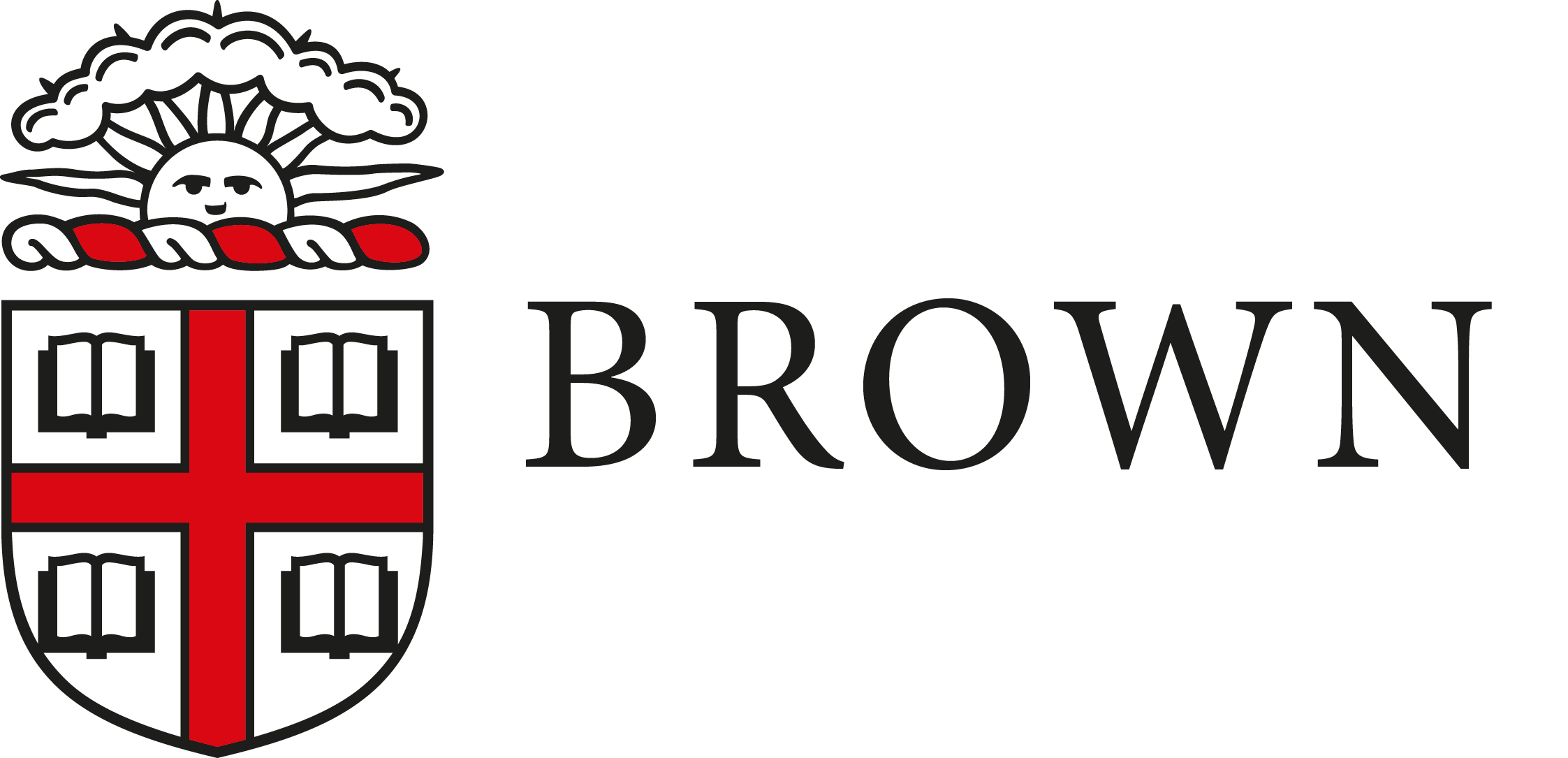
Brown University Division of Applied Mathematics
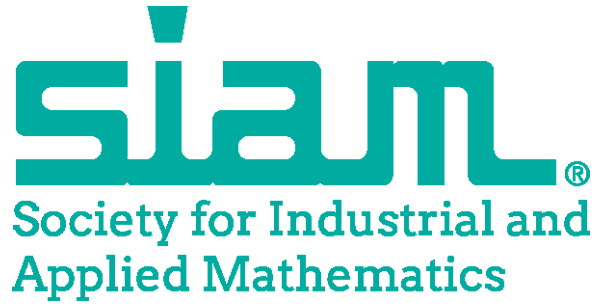
Society for Industrial and Applied Mathematics (SIAM)

NSF Mathematical Science Institutes Diversity Initiative (MSIDI)
Application Form
Applications for the third and fourth minicourses are now being accepted. Applications submitted by April 8th will be given full consideration. Students who apply are expected to be able to attend all 6 lectures on Zoom (see schedule), and thus should have good internet access to be able to participate actively. Each lecture will be held on a Wednesday from 15--16:30 NYC time (-4 GMT). The lecture series is targeted towards first and second year undergraduate students in South, Central and North America, and open to all, regardless of gender identity or background. Underrepresented and economically disadvantaged groups are particularly encouraged to apply. If you have any further questions, email mathsinfront@gmail.com.
Speakers and Schedule
The series consists of weekly lectures from March 10--May 26, 2021. Each lecture will be held on a Wednesday from 15:00-16:30 Eastern Time (ET), and will be conducted virtually via Zoom. All four lecturers are bilingual, and can ask and answer questions in both English and Spanish. Mini Courses 1 and 3 will be delivered in English and Mini Courses 2 and 4 will be delivered in Spanish. But, in all cases, slides of the lectures and (optional) homework assignments will be available in both English and Spanish. Thus, students need be fluent in only one language, and not both.
Details of the schedule, speakers and lectures are given below, and are also available in the following pdf file.
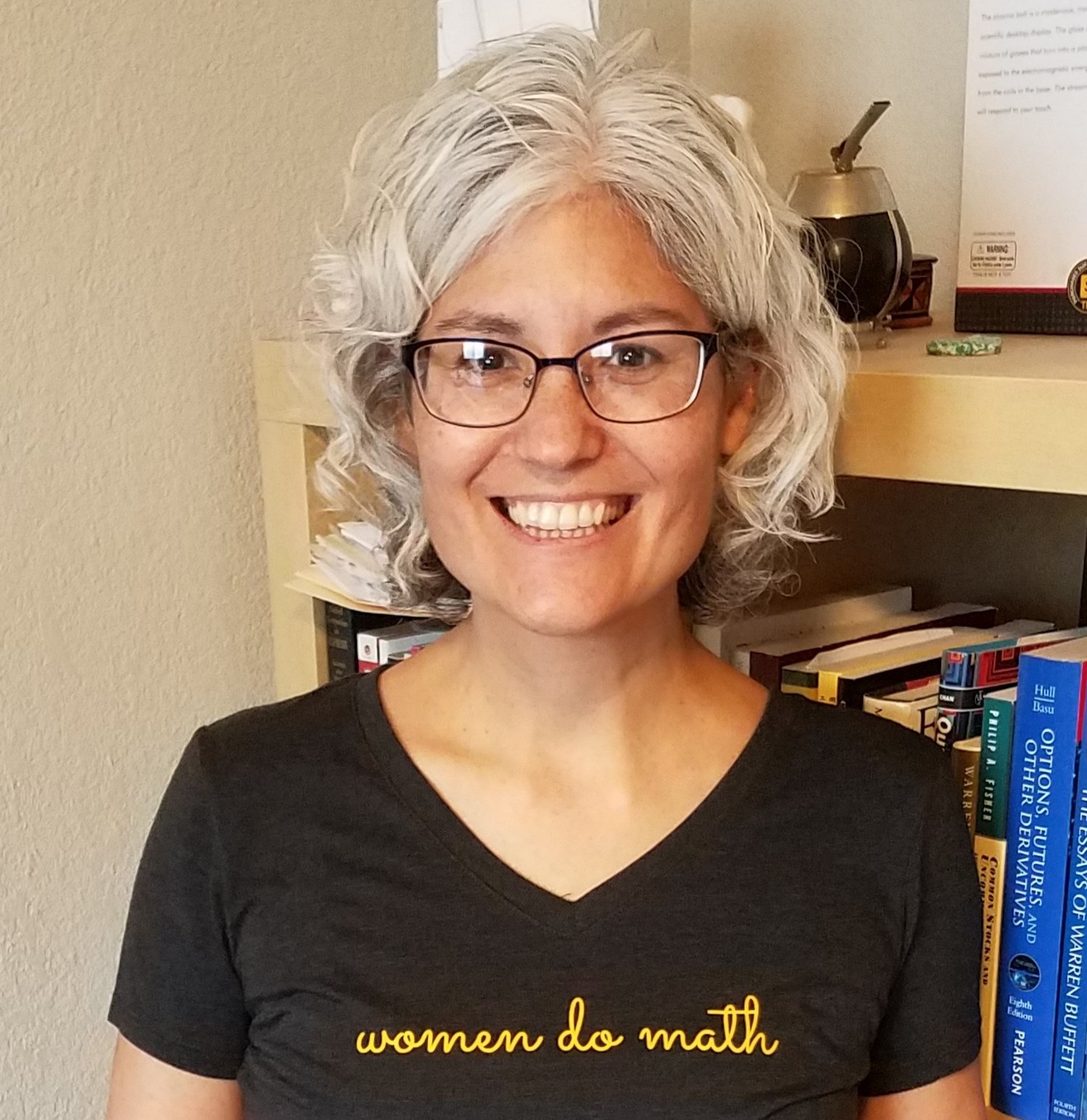 |
Mini Course 1 Re-Imagining the World Through Linear Algebra
|
|
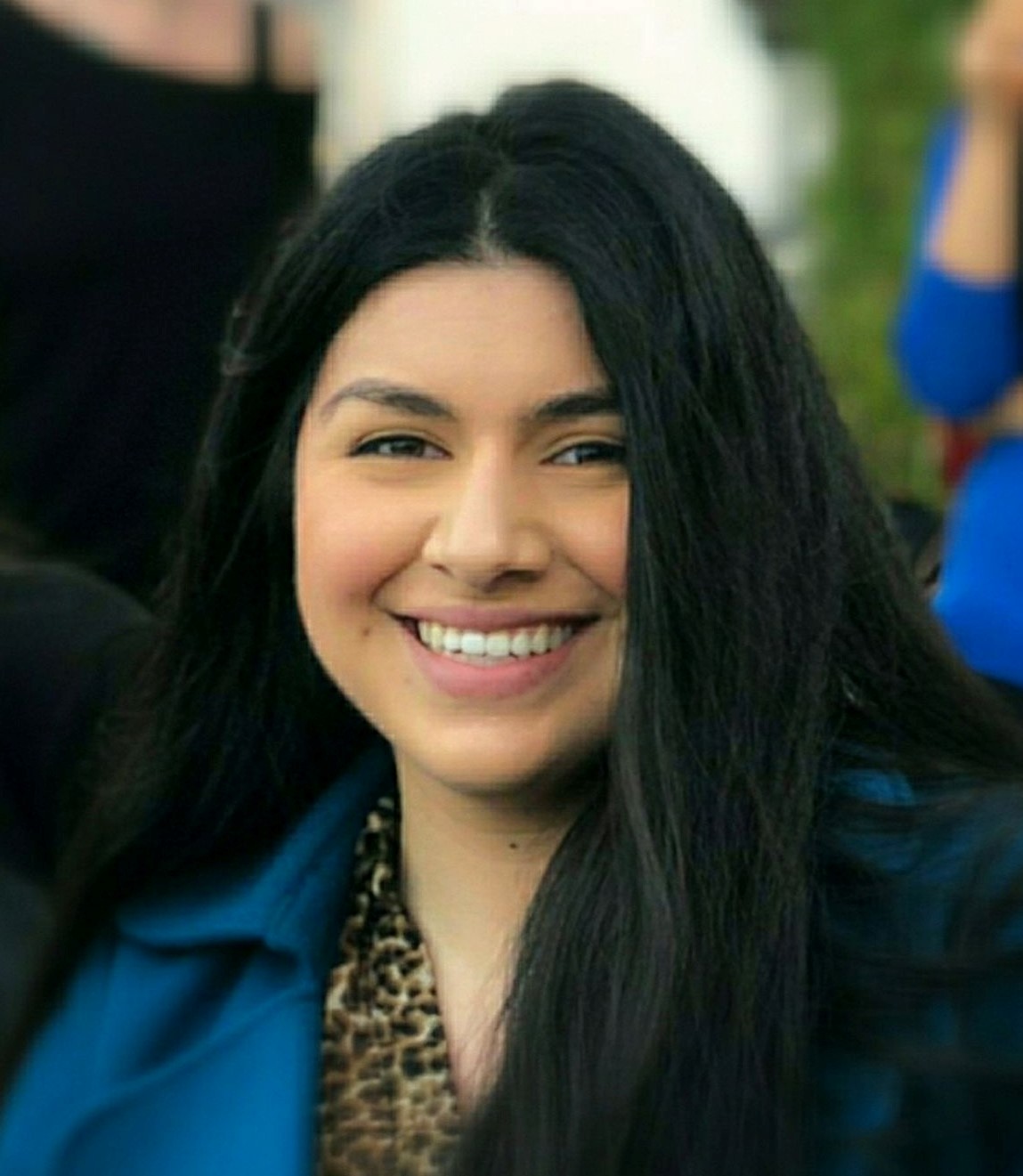 |
Teaching Assistant (TA) Victoria UribeVictoria Uribe is a Mexican-American PhD student in Applied Mathematics at Arizona State University. Her current research interests include inverse problems, numerical linear algebra, and machine learning. |
|
| |
Mini Course 2Geometric flows: Deforming geometry in time
Abstract:
In this course I will describe what is a geometric flow and how they have been used to address problems in several areas of mathematics. In the last two lectures I will concentrate on the particular case of "Curve shortening flow" and connect it with the main ideas in the field. |
|
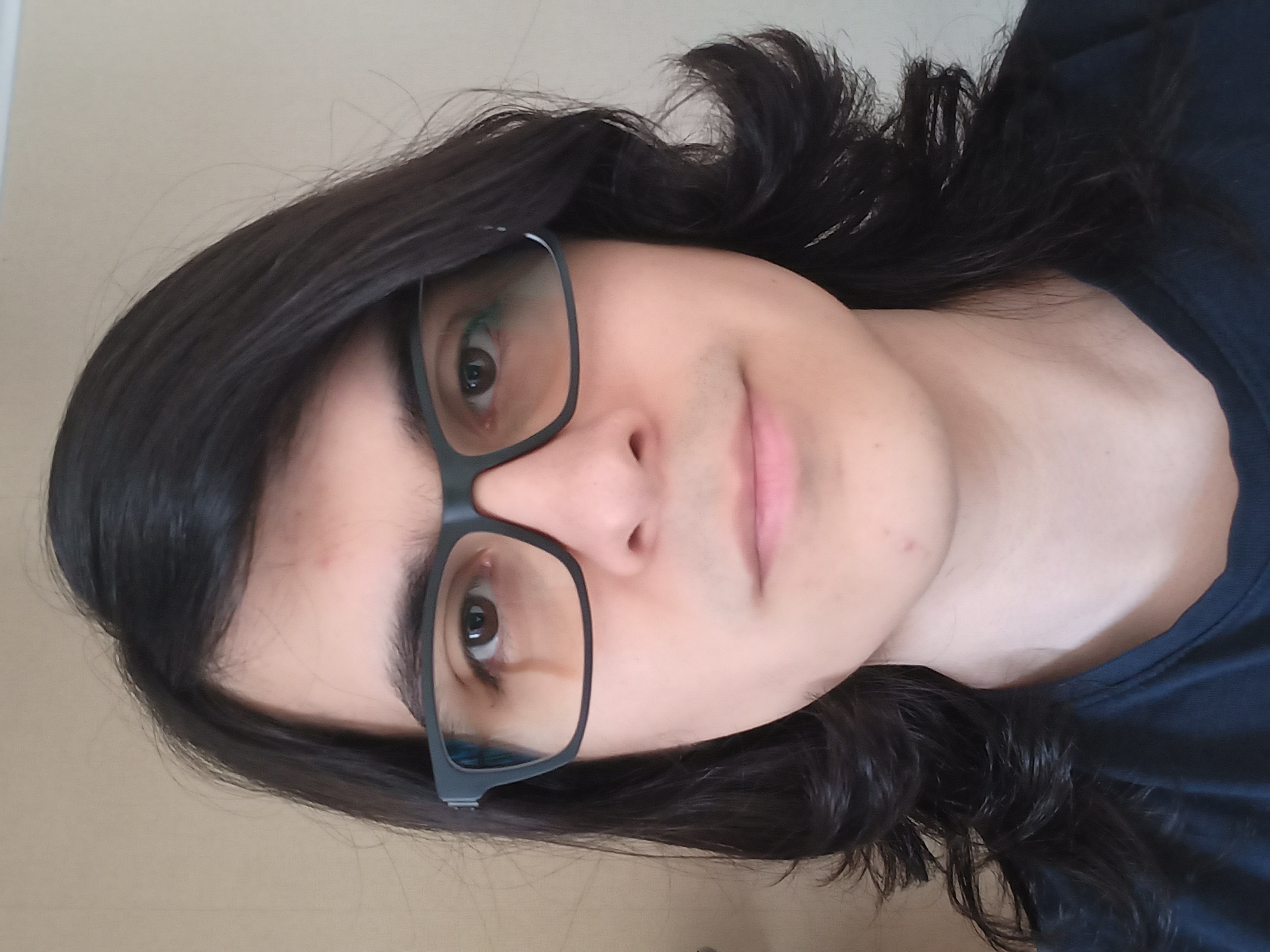 |
Teaching Assistant (TA) Sebastián MuñozSebastián Muñoz is a Chilean Master's student in Mathematics at Pontificia Universidad Católica de Chile. His current research interests are geometric flows, in particular, the study of the existence and the singularities of the harmonic map heat flow. |
|
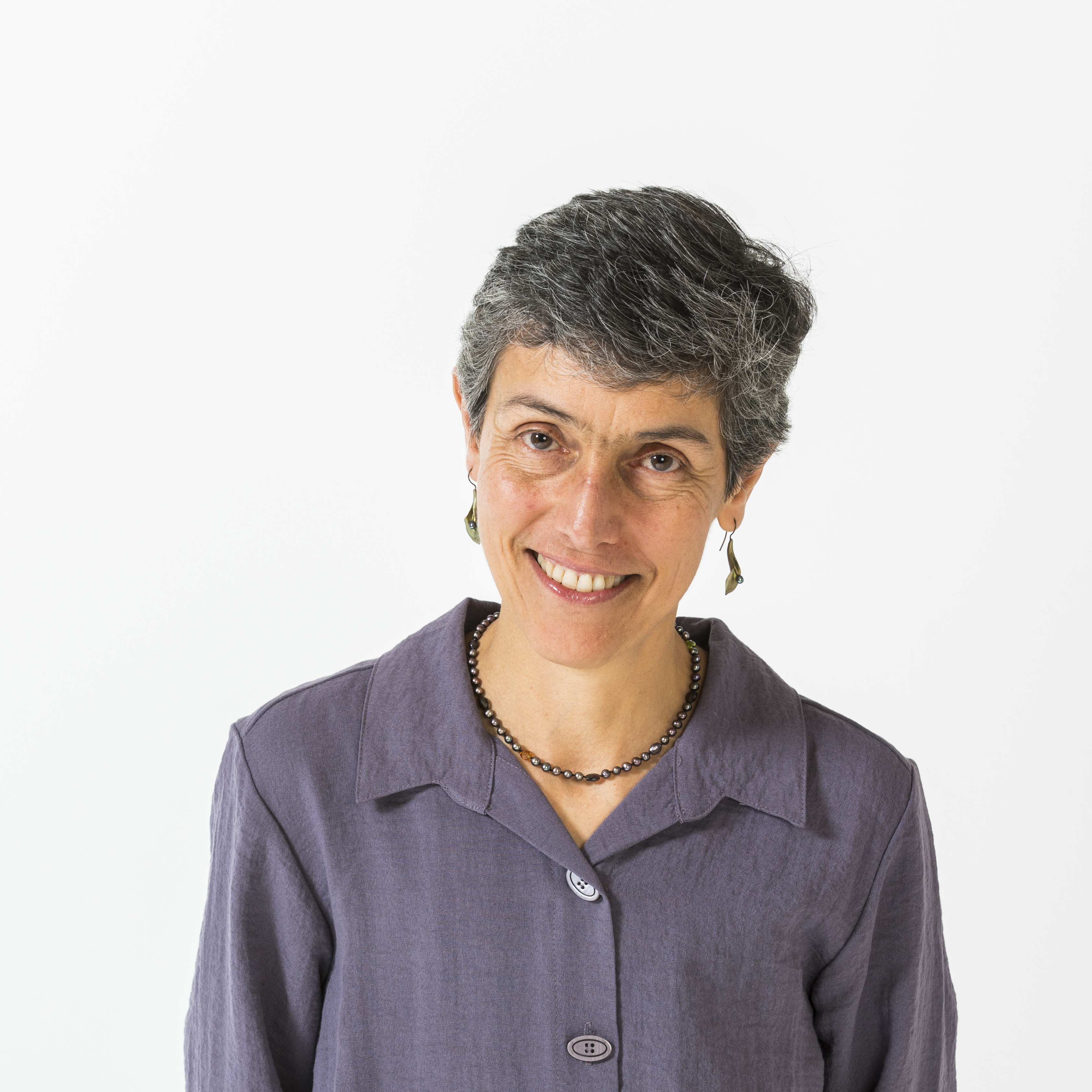 |
Mini Course 3The isoperimetric problem
Abstract: The isoperimetric problem dates back to the ancient Greeks. It can be stated as follows: Among all closed curves in the plane of fixed length, which curve (if any) maximizes the area of its enclosed region? Although it is easy to obtain a result intuitively, the first mathematically rigorous proof was only obtained only in the 19th century. In this series of lectures we will explore different approaches to this problem. This will give us the opportunity to study some geometry as well as some aspects of the Fourier transform.The isoperimetric problem opens the door to many interesting questions currently under study in an area of mathematics called Geometric Measure Theory. At the end of the course we will discuss some of them. | |
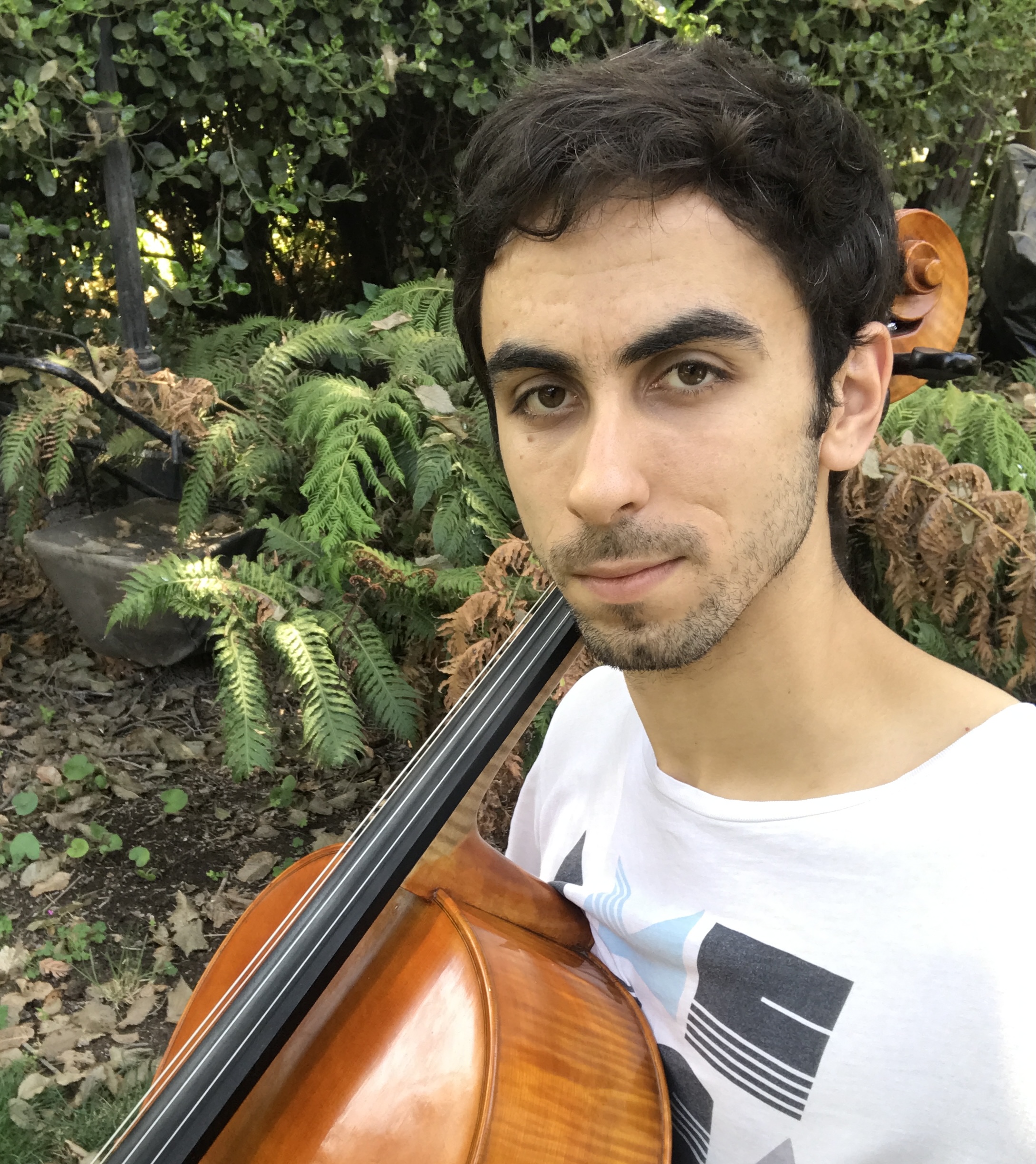 |
Teaching Assistant (TA) Ignacio TejedaIgnacio Tejeda is a PhD student in Mathematics at the University of Washington. His home country is Chile, where he earned a B.S and a M.S in Mathematics from Universidad Católica de Chile, before moving to the United States in September, 2020. His mathematical interests include differential equations, geometric measure theory and differential geometry. In his free time, he enjoys playing the cello and joining classical music ensembles. |
|
| |
Mini Course 4An introduction to error correcting codes
Abstract: Error-correcting codes play an important role in many areas of science and engineering, as they safeguard the integrity of data against the adverse effects of noise in communication and storage. On the most basic level, good error-correcting codes are able to both transmit data efficiently and correct a large number of errors relative to their length. In this short course we will study the basic notions of the theory of error-correcting codes. We will see some classical examples of linear codes over finite fields such as the Hamming codes, Reed-Solomon codes, cyclic codes and BCH codes. We will study classical bounds for the parameters of these codes and their detection and error-correction capabilities.
| |
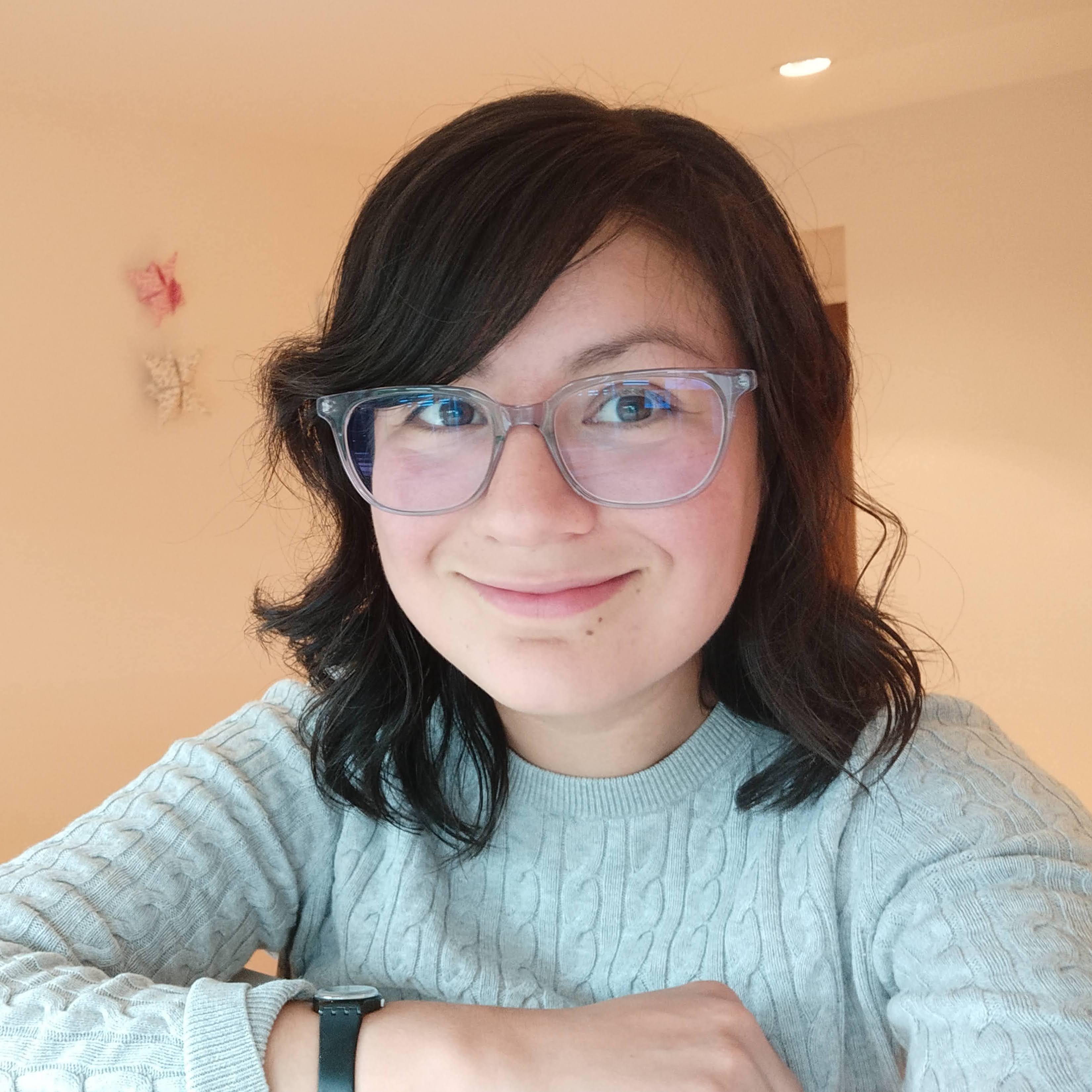 |
Teaching Assistant (TA) Saraí Hernández-TorresSaraí Hernández-Torres is a postdoctoral fellow at the Technion – Israel Institute of Technology. She received her B.S. in mathematics from the University of Guanajuato, and in 2020, she obtained her Ph.D. in mathematics from The University of British Columbia. Her research interests are in probability theory and combinatorics. |
Lecture Videos
Re-Imagining the World Through Linear Algebra (Class 1)
Course 1: Re-Imagining the World Through Linear Algebra
Course 2: Geometric Flows: Deforming Geometry in Time
Course 3: The Isoperimetric Problem
Course 4: An Introduction to Error Correcting Codes
Lecture Materials for Each Mini-Course
Mini Course 1
Mini Course 2
- Notes and Homework
- Lecture Notes (Class 1)
- Video (Class 1)
- Lecture Notes (Class 2)
- Video (Class 2)
- Lecture Notes (Class 3) Video is unavailable
Mini Course 3
- Slides (Class 1) Video is unavailable
- Annotated Slides (Class 1)
- Homework 1
- Video (Class 1)
- Slides (Class 2)
- Annotated Slides (Class 2)
- Video (Class 2)
- Slides (Class 3)
- Annotated Slides (Class 3)
- Video (Class 3)
Other References
- A. Treibergs Inequalities that imply the Isperimetric Inequality
- A. Treibergs The Stong Isoperimetric Inequality of Bonnesen
- A. Treibergs Steiner Symmetrization and applications
- R. Osserman The Isoperimetric Problem
- M.C. Pereyra & L.A. Ward Harmonic Analysis - From Fourier to Wavelets (AMS - IAS/Park City Subseries)
- G. Folland Fourier Analysis and Its Applications (AMS - Pure and Applied Undergraduate Texts)
Mini Course 4
- Course Notes (in Spanish)
- Notes (Class 1)
- Homework 1
- Video (Class 1)
- Notes (Class 2)
- Homework 2
- Video (Class 2)
- Notes (Class 3)
- Video (Class 3)
Other References
- M. Chara Cuerpos finitos y códigos correctores de errores (in Spanish)
- R. Podestá Introducción a la teoría de códigos autocorrectores (in Spanish)
- A. Couvreur Introduction to Coding Theory (in English)
- J.H. van Lint Introduction to Coding Theory (Graduate Text in Mathematics) (in English)
Other Materials
Contact
If you have any questions, please e-mail mathsinfront@gmail.com